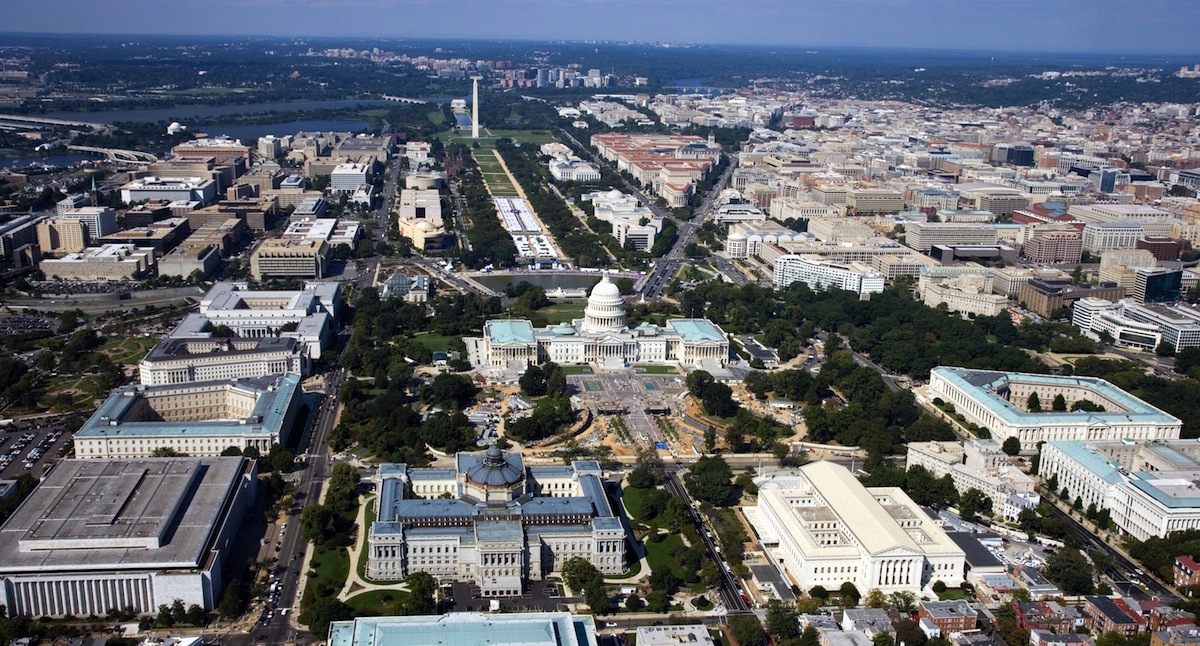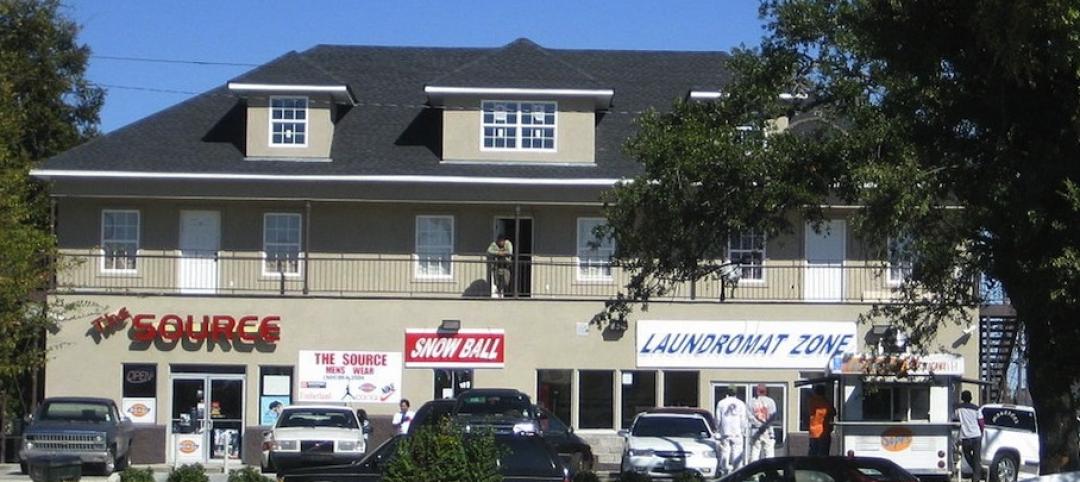There are 71.5 million sf of vacant office space in the Washington D.C. region. The national real estate brokerage Marcus and Millichap expects one-fifth of metro D.C.’s total office space to be empty by the end of this year. And another 1 million sq of office space could come onto this market over the next several years as businesses vacate older buildings once their leases expire.
The D.C. suburbs are fast becoming the latest American ghost towns, according to the Washington Post, as work styles have changed, preferences have shifted toward walkable commutes, and government—the area’s biggest employer—has shrunk.
The corporate campus is far from dead—just ask Google, Facebook, and other Silicon Valley companies that are building massive new headquarters and reinventing this concept to be transit-oriented and Millennial-friendly.
The D.C. suburbs are fast becoming the latest American ghost towns, as work styles have changed, preferences have shifted toward walkable commutes, and government—the area’s biggest employer—has shrunk.
The U.S. Bureau of the Census’ latest estimate for the value of private office construction put in place was up, year-to-year, 24.6% in May to $55.4 billion. Spending on public office construction in May rose 26.9% to $46.6 billion.
But in certain states, there have been mass evacuations of office spaces. In New Jersey, pharmaceutical firms that once operated sprawling suburban campuses have left millions of square feet of office space, warehouses, and labs deserted.
Empty office buildings have been a fact of life in D.C. and its suburbs for a while. By mid-2014, 11 Montgomery County, Md., office buildings totaling 2.25 million sf stood almost or totally vacant, and another nine, totaling 1.4 million sf, were “almost totally available”.
A portion of vacancies is attributable to federal government cutbacks. The Post reports that government agencies have been evacuating office and warehouse spaces in droves. They vacated 7,315 buildings with 47 million sf of office space in 2014 alone, reports Federal News Radio.
Still, office construction continues in D.C., and some developers and AEC firms view this market’s office space surfeit as an opportunity, although most of the recent activity is occurring within the city’s limits.
Skanska disclosed last week that it is investing $116 million in a new office building in D.C. The giant contractor will develop and build a new 11-story, Class-A office building with ground floor retail and four below-grade parking levels in Washington’s Capitol Riverfront submarket. The total leasable space will be about 22,000 sm (237,000 sf). Construction is scheduled to begin later this summer.
Tishman Speyer recently paid $30.5 million to acquire 2020 M Street N.W., the longtime D.C. bureau of CBS News, which it will redevelop into a modern office, newsroom and studio space for the media giant.
On July 21, Carr Properties, a local owner/operator/developer, acquired Columbia Center, a 393,815-sf, 12-story Class A office building in Washington D.C., for an undisclosed amount. In May, the Post reported that Carr Properties had raised $300 million from Alony Htez Properties and Investments, one of Israel’s largest real estate investment companies, to invest in local office buildings and development projects.
Related Stories
Office Buildings | Feb 2, 2015
Study shows modern workers struggle to leave work at the office
Study findings indicate that more than half the respondents holds tight to their smartphones, checking and responding to email and taking phone calls, all or most of the time.
Office Buildings | Jan 28, 2015
Sustainability’s missed opportunity: small commercial buildings
The real opportunity for shrinking the nation’s energy footprint lies in the mundane world of small commercial buildings, writes BD+C's David Barista.
Office Buildings | Jan 27, 2015
London plans to build Foggo Associates' 'can of ham' building
The much delayed high-rise development at London’s 60-70 St. Mary Axe resembles a can of ham, and the project's architects are embracing the playful sobriquet.
Office Buildings | Jan 26, 2015
Seattle gets a peek at Amazon’s latest plans for its downtown complex
The online retailer is seeking permits to build on a fourth city block that would include 835,200 sf of office space.
| Jan 14, 2015
10 change management practices that can ease workplace moves
No matter the level of complexity, workplace change can be a challenge for your client's employees. VOA's Angie Lee breaks down the process of moving offices as efficiently as possible, from creating a "change team" to hosting hard-hat tours.
| Jan 13, 2015
SOM-designed Broadgate Exchange House wins Twenty-five Year Award
Exchange House, an elegant 10-story office building that spans over the merging tracks of London’s Liverpool Street Station, is located in London’s Broadgate Development.
| Jan 9, 2015
10 surprising lessons Perkins+Will has learned about workplace projects
P+W's Janice Barnes shares some of most unexpected lessons from her firm's work on office design projects, including the importance of post-occupancy evaluations and having a cohesive transition strategy for workers.
| Jan 9, 2015
Technology and media tenants, not financial companies, fill up One World Trade Center
The financial sector has almost no presence in the new tower, with creative and media companies, such as magazine publisher Conde Nast, dominating the vast majority of leased space.
| Jan 8, 2015
The future of alternative work spaces: open-access markets, co-working, and in-between spaces
During the past five years, people have begun to actively seek out third places not just to get a day’s work done, but to develop businesses of a new kind and establish themselves as part of a real-time conversation of diverse entrepreneurs, writes Gensler's Shawn Gehle.
Smart Buildings | Jan 7, 2015
Best practices for urban infill development: Embrace the region's character, master the pedestrian experience
If an urban building isn’t grounded in the local region’s character, it will end up feeling generic and out-of-place. To do urban infill the right way, it’s essential to slow down and pay proper attention to the context of an urban environment, writes GS&P's Joe Bucher.
















